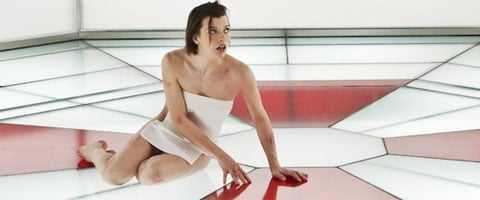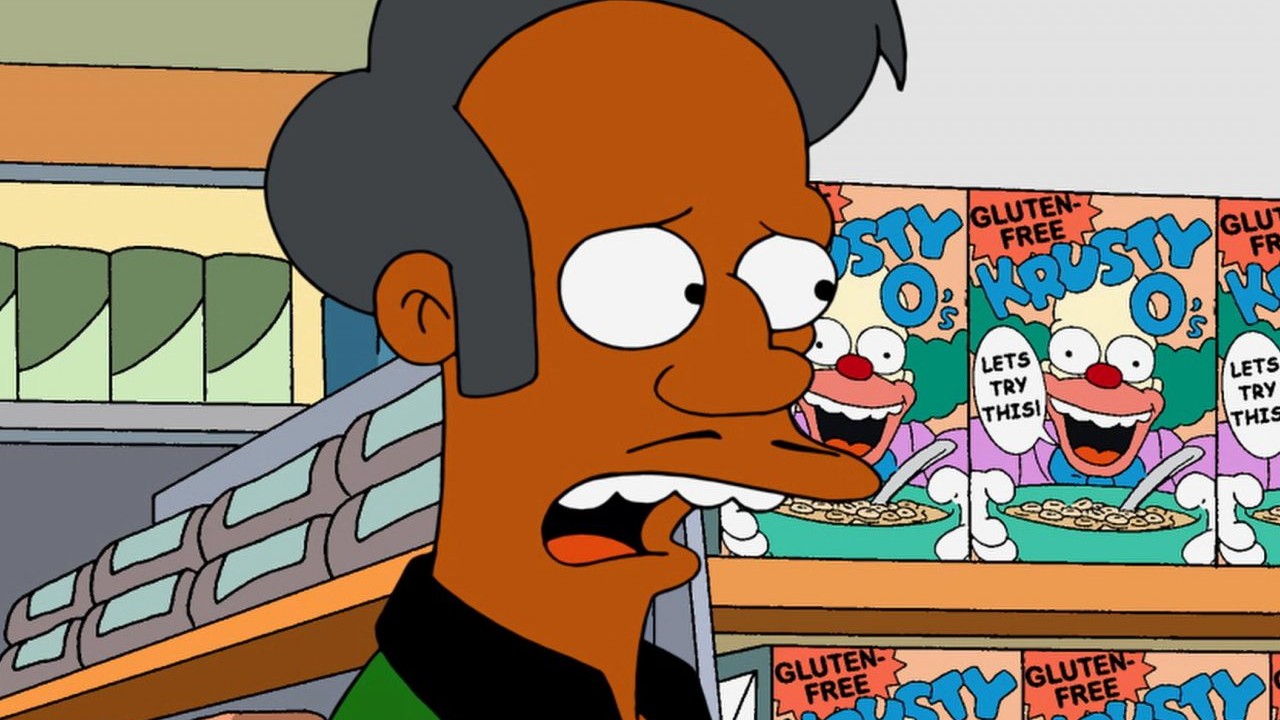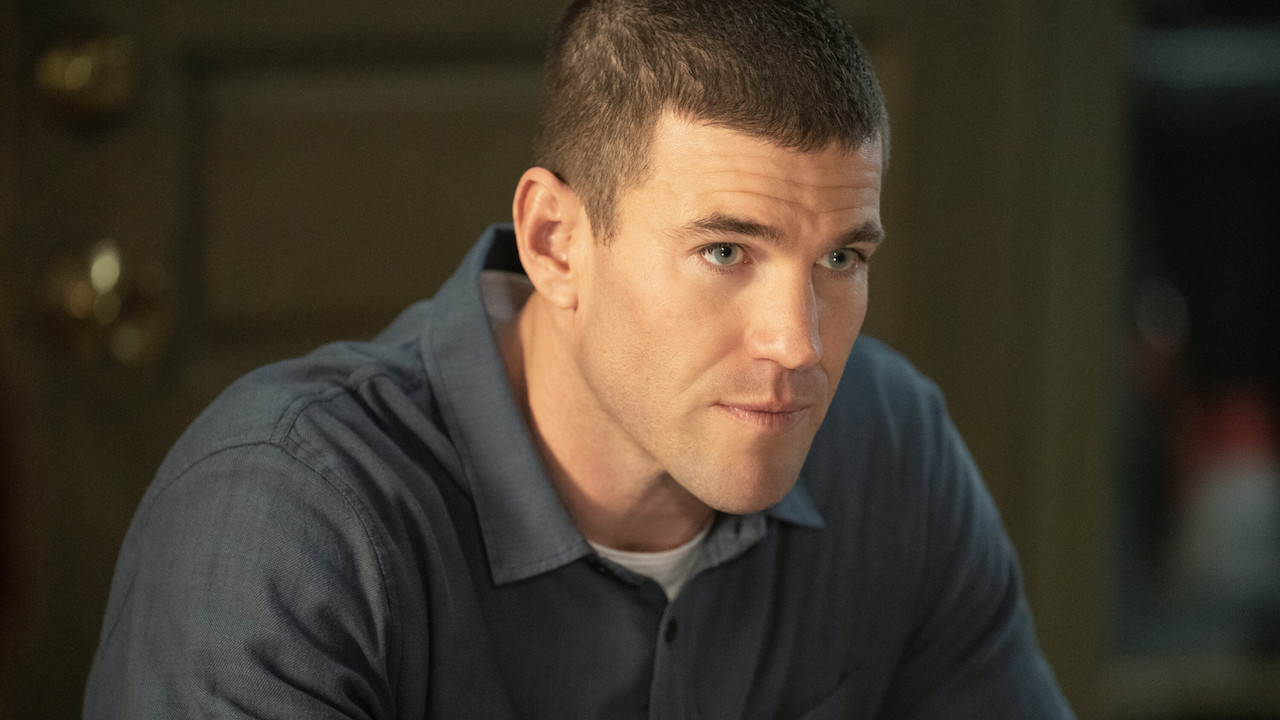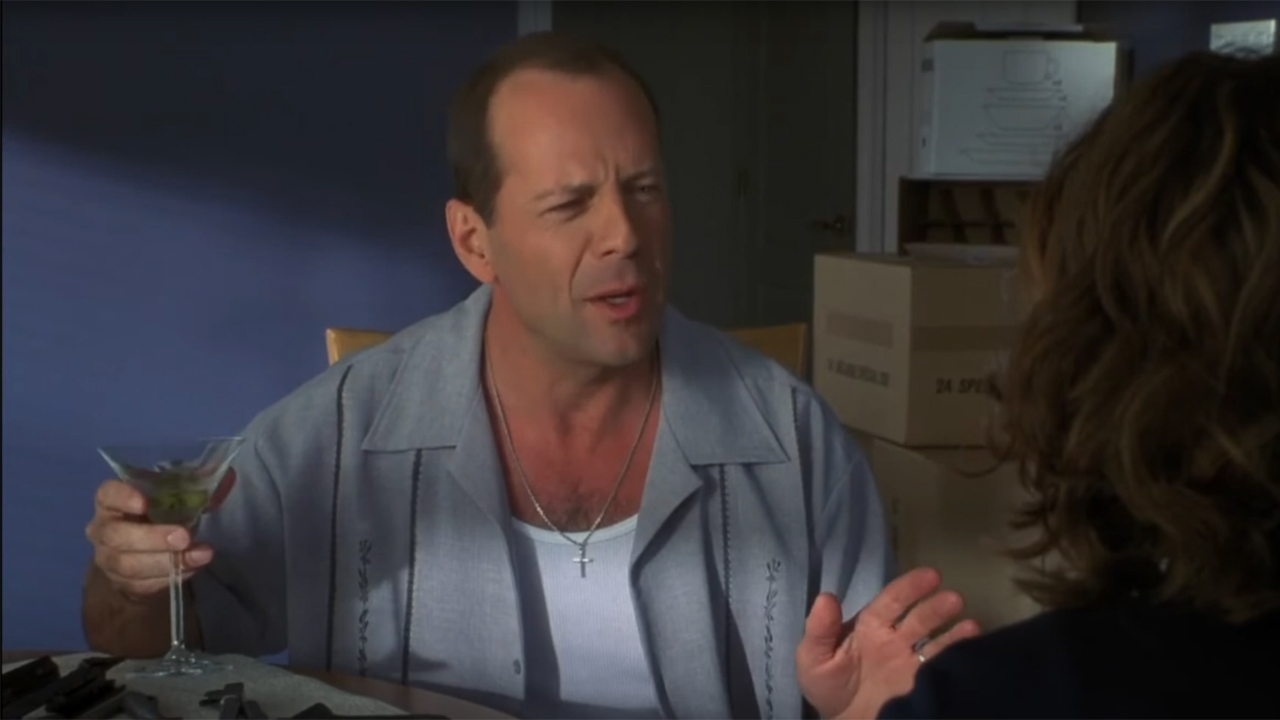To 3D Or Not To 3D: Pick The Right Resident Evil: Retribution Ticket

Modern moviegoers are faced with more decisions than ever when they show up to a movie theater. It's not just which movie you see anymore, but how you see it. Almost every major Hollywood release now arrives at the box office in two formats. When you show up to see Resident Evil: Retribution this weekend you can pay higher ticket prices to put on uncomfortable glasses and watch it in 3D, or view it on the cheap by opting for a 2D version of that same film.
To 3D Or Not exists to help you make that choice. This isn't a review of Resident Evil: Retribution. Our goal here is only to provide an unbiased guideline to make your 3D decision with. To give you the tools you need to choose we've broken down Retribution's 3D using our 7-point 3D analysis. In order for this analysis to work, for better or worse, I'll ignore the quality of Resident Evil: Retribution as a story and instead give an assessment of the movie's 3D on a mostly technical level. Read on!
Is 3D A Fit?
Not every movie belongs in 3D but the Resident Evil franchise has already proven that it, at least, definitely does. The last entry in this series, Resident Evil: Afterlife received one of the highest scores ever on our To 3D Or Not To 3D scale. It still stands tall as one of the best 3D efforts ever to make its way into movie theaters. This franchise, which exists mostly in the service of crazy special effects and wild explosions, really works in 3D, when it's done right.
Fit Score: 5/5
Advance Planning and Effort
Resident Evil: Retribution, like Afterlife was shot in 3D right from the start. They intended it to be in 3D from day one. The big difference on this movie is that they switched from the Sony F35 to the Red Epic camera, a smaller and cheaper system which in theory should have made it easier for them to get the 3D shots they really want. However, the F35 is the camera James Cameron used to shoot Avatar and while the Red Epic is a great camera, most of the best 3D movies we've seen so far have been shot using something else. They might have been better off sticking with what works.
P&E Score: 4/5
Beyond The Window
CINEMABLEND NEWSLETTER
Your Daily Blend of Entertainment News
The most often given reason for presenting movies in 3D is the level of depth the technology can add to a scene. Used properly 3D can make it seem as though you're not watching a flat projection but rather looking through a window into another world, just beyond your reach. For some reason, though, Retribution never actually gets around to making this happen. Director Paul WS Anderson just doesn't seem interested in using the technology. The movie takes place in a variety of big locations, employing all sorts of fancy zoom out techniques which could have been paired with carefully planned 3D to create the dizzying effects of height or to dazzle the audience with a sense of scale. But it never happens. The film doesn't look all that much deeper and richer than your average 2D movie.
Beyond the Window Score: 1/5
Before The Window
3D can do more than create depth, it can be used to make it feel as though the scene in front of you is all around you. Done poorly this can be a gimmick, but done properly it can be used to create a completely immersive experience or, at least a wild special effects thrill-ride. Resident Evil: Retribution doesn't bother with any of it. The film makes a couple of halfhearted attempts to throw 3D objects out at the audience but none of it feels real or even really all that 3D. Most of their attempts at 3D magic fall completely flat, whether from bad CGI or bad cameras, or bad editing, whatever the reason, almost none of it works.
Before the Window Score: 1/5
Brightness
Putting on a pair of 3D glasses isn't all that different than wearing a pair of sunglasses. You're basically putting a filter between your eyes and the light coming out of the screen. That means that unless both the projectionist and the filmmakers have done something to compensate for it, you'll end up watching a movie that feels too dark and dim. Even though much of Resident Evil: Retribution takes place in the dark, that's never much of a problem. Because the movie uses so many special effects mixed in with the live action, they're able to amp up even the darkest scenes to make sure almost every moment of the film is sharp and crisp, even if you're watching it wearing sunglasses.
Brightness Score: 4/5
The Glasses Off Test
If you've ever taken your 3D glasses off during a movie you'll see the screen in front of you turns into a mostly incomprehensible blur. The simple way to explain this is to say that the blurrier the image is without your glasses on, the more the movie takes advantage of the 3D format. To test that I took my glasses off periodically during Retribution and what I found was a movie that didn't seem to be doing much with contrast. The picture was consistently blurry, but always at the same level. That means they never really varied the level of 3D used throughout the presentation. It's that contrast between different levels of 3D which really makes the best 3D movies pop in and out of the screen and Resident Evil: Retribution never really seemed to master that.
Glasses Off Test: 2/5
Audience Health
Some people can't see 3D at all or get sick whenever they see it but the average person only really has a problem if there's something wrong with the movie. This score is aimed at the average, hardy moviegoer who can watch 3D without vomiting on his neighbor, when it's done right. The good news about Resident Evil: Retribution is that since most of the 3D lacks impact, it's not likely to cause much in the way of motion sickness. And since they've done a good job of making sure the picture isn't too dim, headaches are unlikely as well. It should be noted, however, that despite these things one of the people I saw the movie with left with a headache. Retribution seems like it should be safe for 3D viewing, but beware.
Health Score: 3/5
| SCORES RECAP | |
| 3D Fit | 5 |
| P&E | 4 |
| Beyond The Window | 1 |
| Before The Window | 1 |
| Brightness | 4 |
| The Glasses Off Test | 2 |
| Audience Health | 3 |
| Total Score | 20 (out of a possible 35) |
Final Verdict: Given the amazing technical feats achieved by the previous Resident Evil movie, it's hard to consider Retribution anything other than a massive 3D disappointment. Whether a result of using cheaper equipment or simple disinterest on the part of the movie's director, Paul Thomas Anderson, Resident Evil: Retribution is a complete 3D failure. There's really no reason at all to see this movie in 3D. Show up and see the 2D version instead and you'll get almost exactly the same viewing experience. Save your money and see Resident Evil: Retribution in 2D comfort.
This poll is no longer available.
For more 3D analysis, visit our To 3D Or Not To 3D archive right here.











